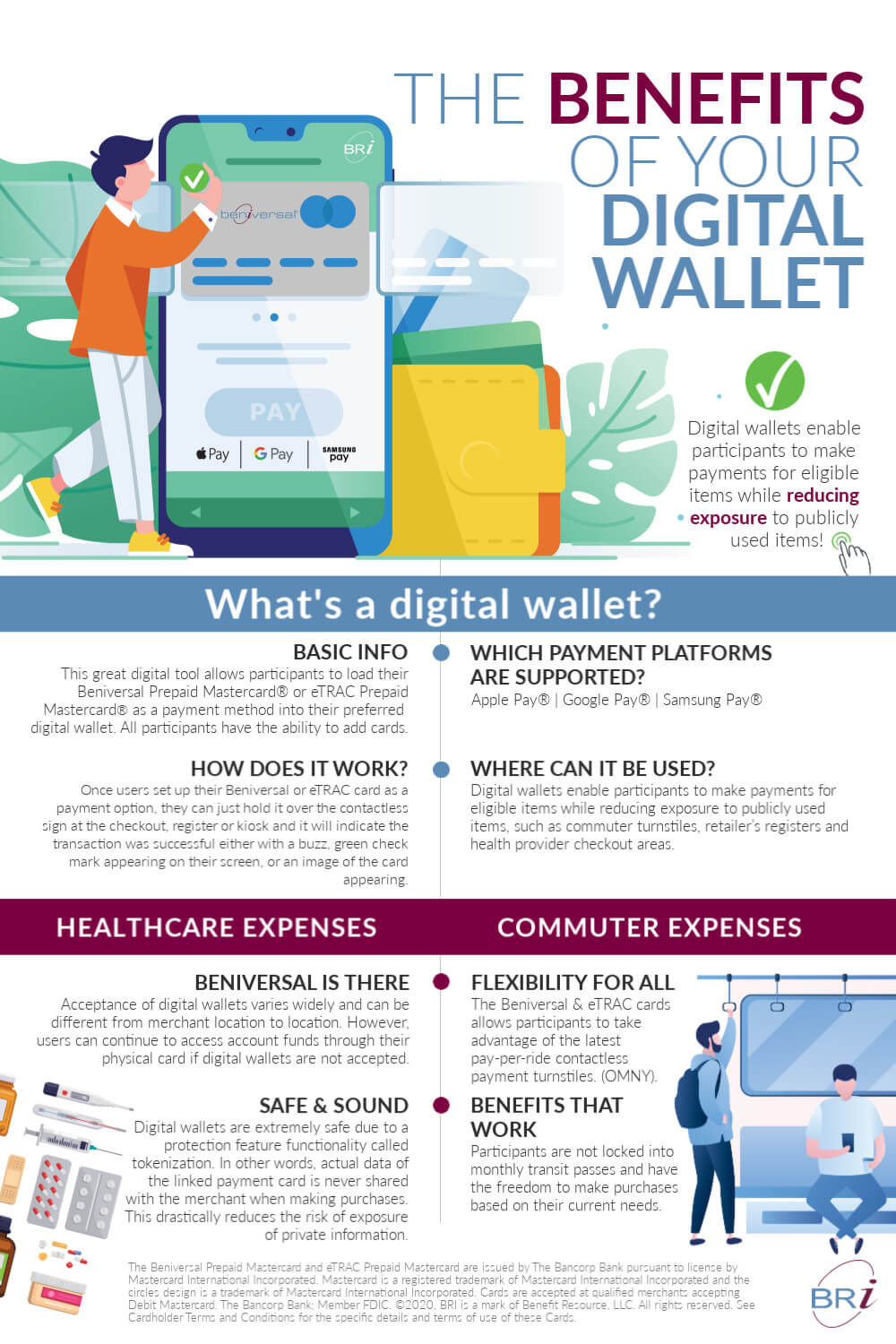Commuter benefit plans need to meet the demands of the modern worker who will soon return to the office. Gone are the days of a monthly commuting pass; here to stay is the new hybrid model. Employees may come into the office only a few days a week using different forms of transportation each time.
An equally flexible solution is needed that matches the behaviors and commuting habits of the hybrid employee. As the return to the office takes place, here are four factors that employers will need to consider to successfully approach hybrid work.
Factor 1: Openness to new approaches
The popular phrase these days: Hybrid work model.
The daily commute is a critical piece of the employee experience, one that is dramatically impacted by workplace changes in the last year. Leadership teams considering a hybrid work methodology will need to accommodate by bringing their teams back to the office with a safe and flexible approach.
For many employers, employee hesitation to ride public transit may push them to contemplate:
- Staggering schedules
- Additional flex-time for commuting
- Boosting remote video meetings
- Office downsizing considerations
- Moving to outlying locations
- Increased parking for offices (should more workers choose to drive)
The pandemic’s effects on public transit are complicated (to say the least). Now more than ever, smart employers are seeking customized benefits programs that enable them to easily develop a tailored plan that can accommodate the flexible nature of hybrid work culture, while understanding the sensitivities of life moving past the coronavirus.
Factor 2: Covering the cost of a parking-based commute
For most Americans, healthcare costs far outweigh work-related commuting costs. Yet, fuel prices, parking fees, transit fares, vehicle maintenance, and other shared expenses can still add up to a substantial cost for many.
To ease this financial load on the workforce, the IRS produced a way for commuters to protect their wallets and pay for some of these work-related costs. Therefore, commuter benefits have played a required vital role in many employer benefits plans, particularly in major cities throughout the United States. This will be vital as employees return to the office.
Visit the Commuter Resource Center
Return to the office: What commuter benefit plans should cover
When developing a commuter benefit plan, companies should provide a range of key features to employees:
- Make the program easy to set up and manage online
- Ensure the plan is user-friendly, with both automated and personal customer service
- Be fully compliant with IRS regulations
- Include monthly payroll reporting so the accounting department knows what amount to deduct from employees’ pay
Factor 3: Awareness of options from local transit authorities
![]() Through June 5, 2021, the Metropolitan Transportation Authority (MTA) has extended their pop-up vaccination stop program at Grand Central and Penn Station. Riders can receive the single-dose Johnson & Johnson COVID-19 vaccine, to those 18 years and older.
Through June 5, 2021, the Metropolitan Transportation Authority (MTA) has extended their pop-up vaccination stop program at Grand Central and Penn Station. Riders can receive the single-dose Johnson & Johnson COVID-19 vaccine, to those 18 years and older.
To sweeten the deal, riders that get their vaccine at Penn Station or Grand Central, can get one of the following:
- A free 7-day Unlimited MetroCard
- Two one-way Commuter Rail Tickets
 As of May 29, 2021, the Massachusetts Bay Transportation Authority (MBTA) has expanded their real-time crowding tracking tool for rider convenience!
As of May 29, 2021, the Massachusetts Bay Transportation Authority (MBTA) has expanded their real-time crowding tracking tool for rider convenience!
Two types of crowding information are available:
- Real-time crowding for buses on their website, E ink screens, and in their Transit app.
- Recent crowding trends on their Red, Orange, and Blue lines, which you can see using their subway crowding tool.
![]()
As part of their ongoing efforts to welcome riders back to public transit, the Chicago Transit Authority (CTA) distributed over 30,000 free Travel Healthy Kits for their riders!
 Effective June 6, 2021, the Washington Metropolitan Area Transit Authority (WMATA) late-night service will extend until 2 a.m. on 36 of the busiest routes throughout the region, providing customers who work or travel late at night a way to get to work and home!
Effective June 6, 2021, the Washington Metropolitan Area Transit Authority (WMATA) late-night service will extend until 2 a.m. on 36 of the busiest routes throughout the region, providing customers who work or travel late at night a way to get to work and home!
Factor 4: Educating employees about existing solutions
There may not be a need to create new systems and processes in every case. This reduces the workload and mental toll placed on employers and employees.
Options to remember:
- Contribution and election management. The maximum monthly amount employees can set aside for qualified parking or mass transit expenses in 2021 is $270. Employees also have the option to stop elections by setting their elections $0. This allows them to spend down existing funds in the account and not have excess money building up.
- If an employee has excess balances at the end of a plan month, they are carried over to the next plan month as long as the employee continues to be eligible to participate in the account.
 Michelle’s additional recommendations:
Michelle’s additional recommendations:
-
- Review CBP account balances. Check your balance today and view the BRI Notifications Cheat Sheet for more tips!
- Make election changes according to new schedules and remind employees of the tax advantages of participating in commuter benefits, (even if that means at a reduced election).
- Employers who have not already done so should consider opting into allowing participants to move funds from mass transit to parking… [allowing] built-up balances to be used as participants return to the office. Find out more about this option.
THE COMMUTING WORLD HAS CHANGED…
|
 |



